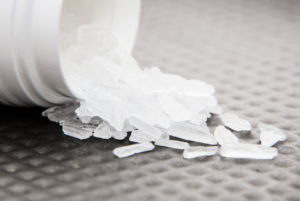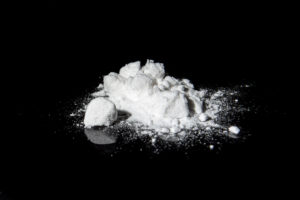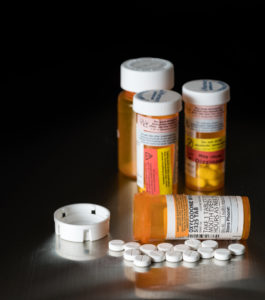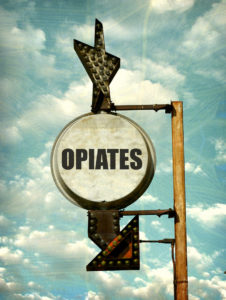How do I know if someone is under the influence of methamphetamine? Methamphetamine, better known as “Meth” is a stimulant that produces effects in users similar to that of cocaine and doctor prescribed stimulants. The abuse of this powerfully addictive drug will lead to deadly consequences. This stimulant dependency ranks among the all-time most difficult to overcome.
[/col]Understanding Meth (Methamphetamine)
What is Meth?
Methamphetamine, known more commonly as “Meth,” can take many forms, and sometimes we take it without even knowing that we are which is why you should always read the labels on your pills. Yes, including prescription drugs. Pharmaceutical-grade meth is considered appropriate for use in adults with Attention Deficit Hyperactivity Disorder (also known as ADHD). Pharmaceutically processed meth is also given for patients fighting obesity, under the trade name “Desoxyn.” However, doctors tend to avoid prescribing Desoxyn as this particular drug has a high potential for abuse and safer alternatives are available.
What does Meth look like?
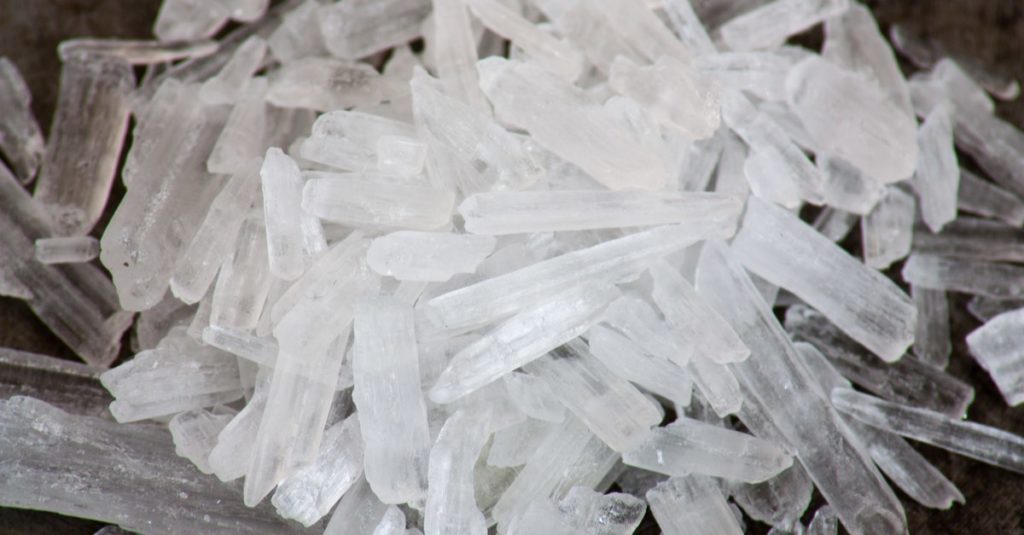
Under the recreational use, Methamphetamine is commonly sold in the form of:
- Powder
- a crystal-like rock
- Pill
And can be taken in various ways such as by being:
- Swallowed
- Injected
- Snorted
- Smoked
Under recreational use or being sold under disguise, users refer to meth by street names, such as:
- Ice
- Crystal
- Crank
- Speed
- Crypto
- Chicken Feed
Methamphetamine effects on the body
Just like any other drugs that initially spike mental and physical stimulation, methamphetamines act on your body by first raising certain “pleasure” neurotransmitters within your brain. These include dopamine, norepinephrine, and serotonin. Upon severely increasing the actions of these neurotransmitters, meth may deliver a highly potent but temporary euphoric boost of energy and an emotional uplifting of mood.
The more someone uses meth, the more he or she will desire that temporary euphoric high. The unpleasant experience of the “crash”– which can cause depression, irritability, exhaustion, body aches, and even suicidal thoughts– will often leave the user going back for more of this deadly substance which leads to the stages of meth addiction.
The use of meth in any form not designed pharmaceutically and prescribed by a doctor can lead to many detrimental psychological and physical effects over time. A few of the most commonly experienced long-term side effects of the abuse of this drug include:
- Damage to brain cells – also known as neurotoxicity – including impairment of the memory and an increasing inability to grasp abstract thoughts
- Paranoia accompanied by anxiety and insomnia
- Deterioration of teeth otherwise referred to as “meth mouth.”
- Outbreaks of sores and infections on the skin
- Strokes
- Cardiovascular diseases
- Internal damage such as liver, lung, and kidney damage
- Severe birth defects when used by pregnant women
- Hallucinations and psychosis
- Permanent damage to the central nervous system
- Death
There is commonly a high risk for brain damage amongst meth addicts. For long-term abusers, their progressive symptoms can be very similar to patients who have Parkinson’s or Alzheimer’s disease. Long-term users may also experience very intense symptoms, and these may persist even while under the influence of the drug.
Confessions of Meth Addict
Signs of a Methamphetamine Addiction
Effects of this drug can be hazardous to the mental and physical state of the user. His or her overall health is put at risk when using meth as it takes an immense amount of functional demand and energy going through the rushes, highs, and emotional comedowns. Not only is it damaging to the user, it negatively impacts any loved ones around, especially small children.
Some of the signs of meth addiction include:
- Disturbed sleep patterns (insomnia)
- Hyperactivity / mania
- Nausea
- Delusions of power/paranoia
- Increased aggressiveness and irritability
- Inability to maintain a regular appetite, resulting in unnatural weight loss
- Convulsions or involuntary body spasms
- Increased blood pressure and heart palpitations
- Dangerous increase or decrease in body temperature
- Heavy sweating
- Tremors
- Jaw Clenching
- Obsessive focus on repetitive actions
- “Tweaking” behavior (incessant itching, borderline insanity, paranoia, harmful to self or others)
Meth Addiction Treatment
Although there are currently no medications available for the treatment of meth dependency, there are several behavioral therapies that are available. Crystal Meth Addiction can cause serious health problems and essentially always needs to be treated by a caring professional. Call our addiction hotline to get more information on how to receive treatment for meth addiction and discuss options for an inpatient drug rehab or substance abuse treatment center.









